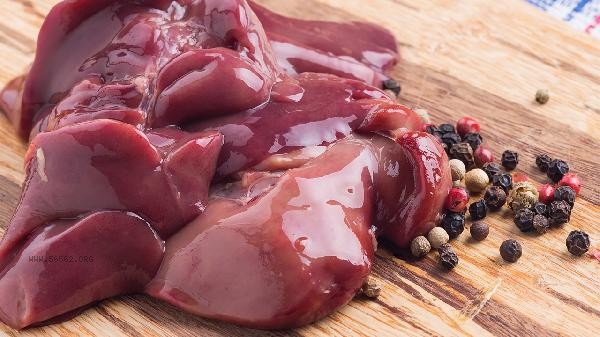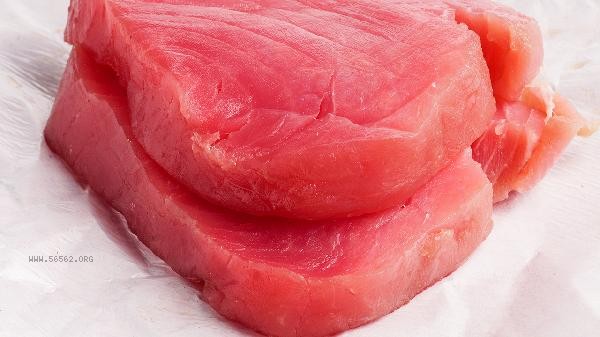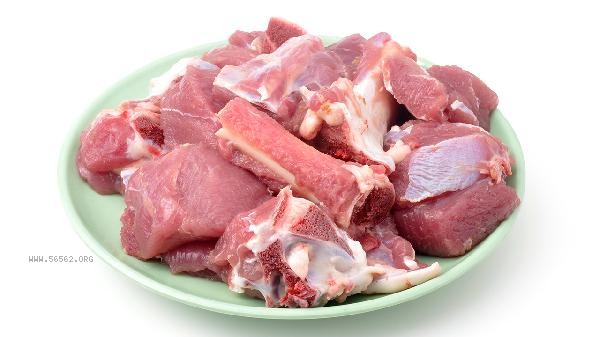Muscle soreness on the second day after exercise usually belongs to delayed muscle soreness, which is a common physiological phenomenon after exercise. Delayed onset muscle soreness is mainly caused by mild damage to muscle fibers, lactate accumulation, inflammatory response, accumulation of metabolites, and inadequate muscle adaptation.

1. Mild muscle fiber injury
Mechanical stretching of muscle fibers during exercise can lead to microscopic damage, especially after unfamiliar exercise or high-intensity training. This type of injury activates repair mechanisms, which may be accompanied by local edema and sensitization of pain receptors during the process. As muscles adapt to the intensity of exercise, symptoms will gradually alleviate.
2. Lactic acid accumulation
Lactic acid produced by glycolysis during anaerobic exercise cannot be cleared in a timely manner, leading to the formation of an acidic environment in muscle tissue. Lactic acid itself is not a direct pain inducing substance, but it can stimulate nerve endings and alter tissue osmotic pressure, working together with other metabolites to produce soreness. Appropriate aerobic relaxation exercise can accelerate lactate metabolism.
3. Inflammatory response
White blood cell infiltration after muscle injury can trigger local aseptic inflammation, releasing pain inducing substances such as prostaglandins. This inflammation is a necessary step in the repair process, usually reaching its peak within 48-72 hours. Cold compress or nonsteroidal anti-inflammatory drugs can alleviate symptoms, but may affect excessive muscle recovery.

4. Accumulation of metabolites
Potassium ions, hydrogen ions, and other substances produced during exercise accumulate in tissue gaps, which may alter the excitability of neuromuscular junctions. Disruption of calcium ion metabolism can also affect sarcoplasmic reticulum function, leading to sustained muscle contraction. supplementing electrolytes and moderate stretching can help with metabolic recovery.
5. Insufficient muscle adaptability
When suddenly increasing the amount of exercise or changing the exercise mode, the coordination of neuromuscular and muscle fiber recruitment patterns have not yet adapted. Novice exercisers are more prone to significant soreness due to slower conversion of muscle fiber types. Following the principle of gradual overload can effectively prevent excessive soreness.

To relieve muscle soreness after exercise, hot compress can be used to promote blood circulation, low-intensity aerobic exercise can accelerate the clearance of metabolic waste, supplement high-quality protein and antioxidants to help muscle repair, and ensure 7-9 hours of sleep to promote growth hormone secretion. When trying a new sport for the first time, one should control the intensity and duration, and perform dynamic and static stretching before and after training. If the pain persists for more than 5 days or is accompanied by symptoms such as joint swelling and fever, muscle strain or other sports injuries may be considered, and it is recommended to seek medical examination in a timely manner. Regular exercisers will experience a significant reduction in the degree and duration of delayed muscle soreness as their bodies adapt.








Comments (0)
Leave a Comment
No comments yet
Be the first to share your thoughts!